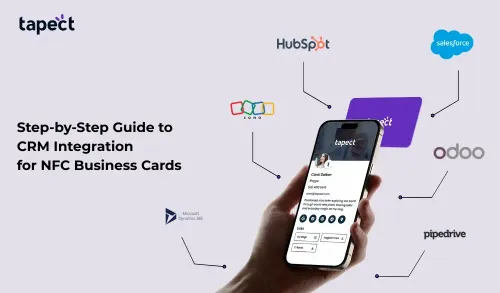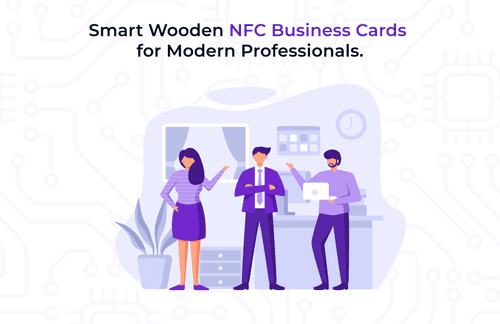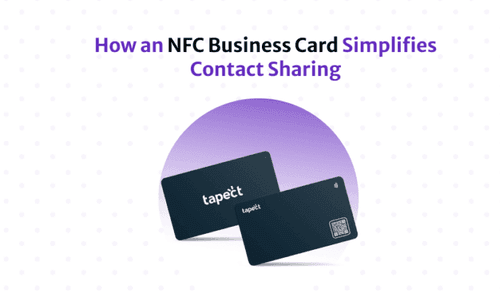Flexibility and Outreach
Digital business cards facilitate global contact exchange without the need for physical presence, expanding outreach potential significantly. Moreover, they eliminate concerns about carrying stacks of cards or running out of them during crucial moments.
Tracking
One of the notable advantages of digital business cards is the ability to track metrics, such as the number of views on your digital profile. Furthermore, hosting a networking event allows you to gain valuable insights into ROI, identify top performers, and more.
Personalization & Customization
When it comes to design, paper business cards offer ample room for creativity, allowing you to choose colours, fonts, and materials, and incorporate your logo or custom-made images. However, digital versions offer even more opportunities for creativity, interactivity, dynamic content, and customization. For instance, you can incorporate eye-catching visuals, and multimedia elements such as images, videos, and portfolios, enabling you to showcase your work and provide potential clients with comprehensive information about your services.
The Impact on the Environment
Considering that approximately 88% of paper business cards are discarded within a week, the environmental impact is significant. It takes 7.2 million trees annually to produce these cards, emphasizing their ecological footprint. While digital counterparts may appear more environmentally friendly, many are made from plastic, which poses its challenges.
However, digital business cards typically result in only one card instead of hundreds of paper ones, reducing their overall environmental impact. Though not without drawbacks, digital cards offer a more sustainable alternative compared to their paper counterparts.
Safety
Sharing personal contact details digitally raises concerns about privacy and security. While the risk of data breaches or unauthorized access exists, professional digital platforms mitigate these risks through state-of-the-art security systems. Many platforms adhere to strict standards such as SOC 2 compliance, type 1 certification, storing data on secure platforms and ensuring GDPR compliance.
Exchanging Information
Digital business cards excel in the variety and depth of information you can share. In addition to interactive content like videos, you have multiple sharing options:
QR code scanning
Text messages
Social media channels
NFC technology
URL sharing
This versatility makes sharing contact information more convenient than ever before.
Durability
A significant drawback of paper business cards is their lack of durability, making them prone to loss and damage over time. They can easily get misplaced in wallets or purses among numerous other cards received at events, often ending up forgotten or discarded during workspace decluttering. In contrast, digital business cards are crafted from more durable materials, ensuring longevity.
Cost
Besides offering flexibility in content, digital business cards facilitate effortless information updates. Whether changing your phone number or adding new achievements, you can easily update your digital card without costly reprints.
In contrast, printing large quantities of paper business cards can be both financially and environmentally taxing. Constantly replenishing supplies may not align with sustainable practices, and printing new batches for every update isn't practical.
Making First Impressions
With multiple customization and design choices, digital business cards have the potential to leave a lasting first impression. When integrated with your digital profile, they can evoke a "wow" factor, setting you apart and making you truly memorable and distinctive.
Conclusion
Digital business card offers unparalleled versatility, convenience, and environmental friendliness. With features like easy updates, interactive content, and widespread sharing options, they streamline networking efforts. Considering factors such as security, durability, and customization, digital cards emerge as a modern and efficient solution for professional connections.



